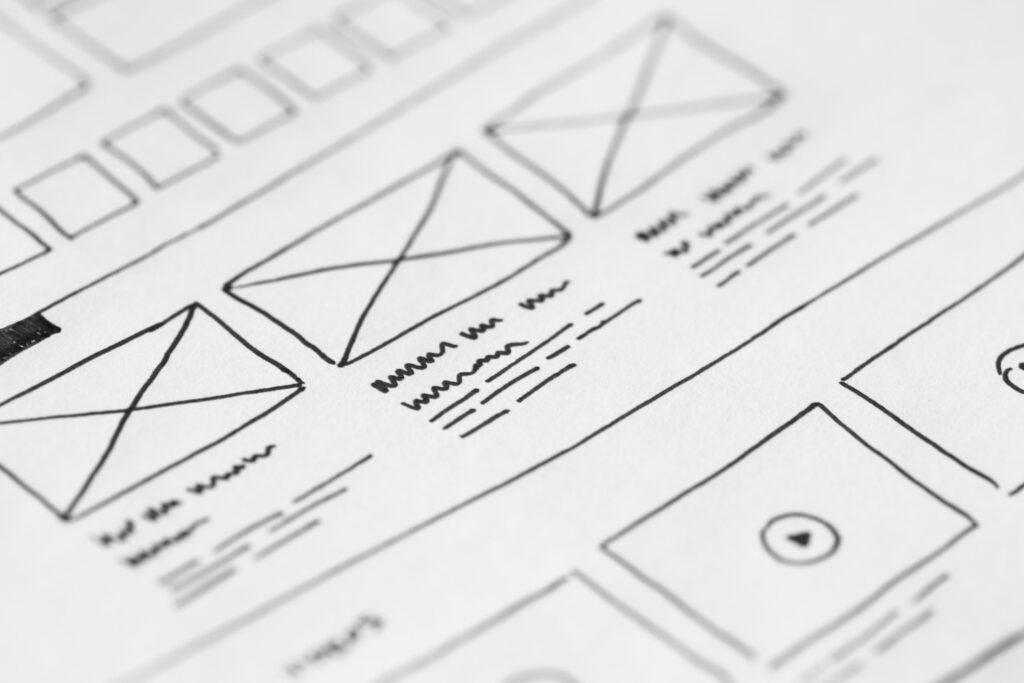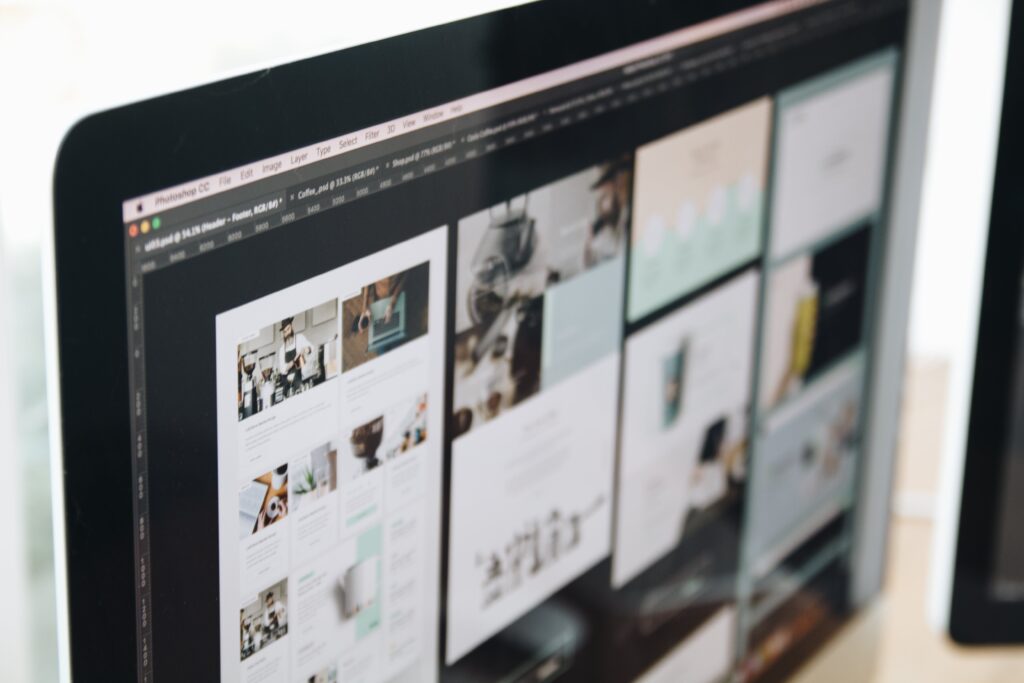As we step into the year 2024, the design landscape is set to undergo transformative changes, with trends such as neumorphism, 3D elements, and enhanced micro-interactions taking center stage. In this deep dive, we’ll explore the intricacies of these trends, delving into case studies that showcase their effective implementation and unraveling the psychology behind the user experience choices that define our digital interactions.
Neumorphism: The Soft Revolution
One of the most prominent trends forecasted for UI/UX design in 2024 is neumorphism. This design philosophy takes inspiration from skeuomorphism and flat design but adds a nuanced twist, creating interfaces that appear soft, tangible, and almost three-dimensional.
Case Study: XYZ Finance App’s Neumorphic Redesign
To understand the impact of neumorphism, let’s examine the redesign of the XYZ Finance App. By adopting soft shadows and subtle highlights, the app’s buttons and cards mimic real-world surfaces. Users reported increased engagement and a more tactile connection with their financial data, showcasing the effectiveness of neumorphic design in creating a visually pleasing and intuitive experience.

User Psychology: The Allure of Tangibility
Neumorphism capitalizes on the innate human desire for tactility and familiarity. The soft shadows and realistic lighting mimic physical objects, creating an interface that users can almost reach out and touch. This tangible connection fosters a sense of trust and comfort, contributing to an enhanced user experience.
3D Elements: Design Breaking Through the Screen
In 2024, designers are embracing the immersive power of three-dimensional elements to break the traditional boundaries of two-dimensional screens. From layered interfaces to interactive 3D models, this trend aims to provide users with a more engaging and dynamic digital environment.
Case Study: FitnessPal’s 3D Workout Planner
FitnessPal, a fitness app, introduced a 3D workout planner that allows users to visualize exercise routines in a three-dimensional space. This feature not only enhances engagement but also improves user understanding of workout sequences. As a result, user retention and satisfaction levels have skyrocketed.
User Psychology: Spatial Awareness and Engagement
The integration of 3D elements taps into users’ spatial awareness, making digital experiences more intuitive. By providing a sense of depth and perspective, users can navigate interfaces with greater ease, enhancing engagement and making the overall experience more memorable.

Enhanced Micro-Interactions: A Symphony of Details
Micro-interactions, those subtle animations and feedback loops that occur during user interactions, are becoming increasingly sophisticated in 2024. From loading spinners to button animations, designers are infusing personality and flair into these tiny details to create a seamless and delightful user journey.
Case Study: TravelHub’s Animated Progress Indicators
TravelHub, a travel booking platform, implemented animated progress indicators during the search and booking process. These subtle animations not only entertained users during short wait times but also provided a sense of progress, reducing perceived loading times. User satisfaction scores surged, highlighting the impact of thoughtful micro-interactions.
User Psychology: Emotional Connection and Feedback
Enhanced micro-interactions contribute to an emotional connection between users and the interface. The subtle animations communicate responsiveness and attention to detail, reinforcing positive emotions. Users feel acknowledged and supported, leading to a more enjoyable and memorable experience.
Conclusion
As we venture into 2024, the evolution of UI/UX trends promises a future where digital interactions are not only visually stunning but also deeply engaging and intuitive. Neumorphism’s soft revolution, the integration of 3D elements, and the symphony of enhanced micro-interactions all play pivotal roles in shaping this dynamic landscape.
Designers and businesses alike must stay attuned to these trends, not merely as aesthetic choices but as crucial elements that influence user behavior, satisfaction, and overall success. By exploring case studies and unraveling the psychology behind these choices, we gain valuable insights that empower us to create digital experiences that resonate, captivate, and stand the test of time in this ever-evolving digital era.


